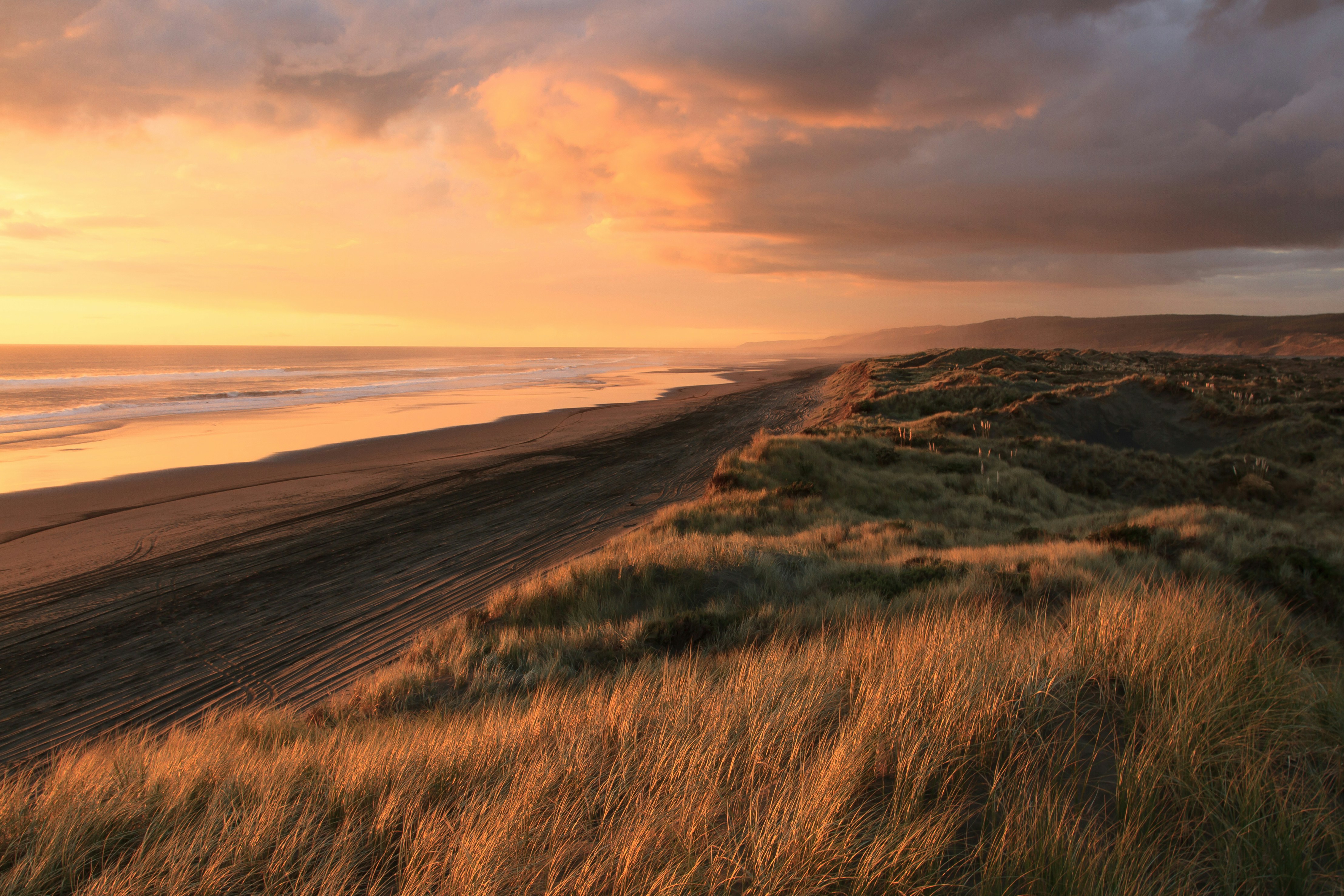The golden hour photography, that enchanting period shortly after sunrise or just before sunset, is truly a photographer’s dream. During this magical time, the sun casts a soft, warm light that bathes the landscape in rich hues of gold and amber. This unique lighting can transform ordinary scenes into stunning images, elevating your photography to an entirely new level. Whether you’re capturing portraits, landscapes, or street scenes, the golden hour offers a quality of light that can add depth and emotion to your work. Here are five essential tips to help you master the golden hour and capture breathtaking photos that will leave a lasting impression.

Photo by Mc James Gulles on Unsplash
1. Planning for Golden Hour Shoots

Image by Tim Hill from Pixabay
Planning is essential for making the most of the golden hour. Utilize apps or websites to check the exact sunrise and sunset times in your area. This foresight is crucial because the golden hour doesn’t last long, often just about an hour or less, depending on the season and your location. Knowing these timings allows you to arrive at your location early, giving you ample time to set up your gear and scout for the best angles.
In addition to timing, it’s beneficial to research potential locations in advance. Look for spots that offer interesting foreground elements, varied textures, and unobstructed views of the horizon. Consider factors such as how the light will interact with your chosen scene. Whether it’s a stunning landscape, an urban setting, or a portrait of a person, the right location can make all the difference in capturing that perfect shot. Having a list of potential sites can help you adapt if one location doesn’t work out, ensuring you’re always ready to seize the moment when the light is just right.
Golden Hour Photography: 5 Tips for Mastering Stunning Images
2. Best Times for Golden Hour

Image by Franz Roos from Pixabay
Arriving early is key to maximizing your golden hour experience. Aim to reach your chosen location at least 30 minutes before the golden hour begins. This early arrival not only allows you to set up your equipment but also provides you with the chance to explore the area and experiment with different compositions. During this time, you can assess the surroundings, determine the best vantage points, and even take some test shots to get a feel for the light.
The light just before the golden hour can create unique photo opportunities that are often overlooked. This soft, diffused light can produce beautiful colors and textures in your images, adding depth to your compositions. Use this time to try different angles and perspectives, capturing the subtle changes in light as the sun approaches the horizon. By getting there early, you’ll be ready to capture the magic as it unfolds, ensuring that you make the most of this fleeting but spectacular moment in photography.
Golden Hour Photography
3. Use the Right Gear for Photography

Image by Mircea Iancu from Pixabay
Having the right equipment can significantly influence the quality of your golden hour photography. A sturdy tripod is essential for stability, particularly as the light begins to fade. With the changing light conditions, using a tripod allows you to capture sharper images without the risk of camera shake, especially when using slower shutter speeds. This stability is crucial for achieving crisp, clear photos that showcase the stunning details of the scene.
Additionally, consider using a polarizing filter to enhance colors and reduce glare. This filter can be particularly effective during the golden hour, as it helps to saturate the rich tones of the landscape while minimizing unwanted reflections. By using a polarizing filter, your images will pop with vibrant hues, ensuring that the warm light of the golden hour is captured in all its glory. Don’t forget to bring extra batteries and memory cards as well, since capturing the perfect shot often requires multiple attempts.
Golden Hour Photography
4. Experiment with Composition Techniques in Photography

Photo by Petr Vyšohlíd on Unsplash
Composition plays a vital role in the success of your golden hour shots. To create balanced and engaging images, employ the rule of thirds. This technique involves dividing your frame into a 3×3 grid and placing key elements along these lines or at their intersections. Doing so draws the viewer’s eye and creates a sense of harmony in your photographs.
In addition to the rule of thirds, incorporate leading lines or interesting foreground elements to add depth and perspective to your images. Leading lines can guide the viewer’s gaze through the photograph, creating a sense of movement and inviting them to explore the scene. Don’t hesitate to get creative—try different perspectives, such as shooting from a low angle to emphasize foreground elements or incorporating reflections from nearby water sources. By experimenting with composition, you can transform ordinary scenes into captivating images that truly capture the essence of the golden hour.
Golden Hour Photography
5. Camera Settings for Golden Hour

Image by Renan Brun from Pixabay
To fully take advantage of the beautiful light during the golden hour, it’s essential to adjust your camera settings thoughtfully. Start by using a wider aperture (lower f-stop), which helps you achieve a shallow depth of field. This technique not only isolates your subject but also creates stunning bokeh effects that add a dreamy quality to your images. The soft background blur can enhance the warm tones of the golden hour, making your subject stand out even more.
Next, keep your ISO setting low to minimize noise in your photos. The golden hour’s soft light is perfect for maintaining crisp and clean images, so there’s often no need to increase your ISO significantly. A lower ISO will ensure that your photographs remain high-quality, with rich colors and fine details intact.
Additionally, don’t be afraid to experiment with your exposure settings. The golden hour light can vary greatly, so adjusting your exposure compensation can help you find the perfect balance. Play around with the settings to see how different adjustments affect your images, and take the time to review your shots to ensure you’re capturing the beauty of this magical time effectively.
Golden Hour Photography
Conclusion
Mastering the golden hour can truly transform your photography, allowing you to capture stunning and ethereal images that resonate with viewers. By planning ahead, arriving early, using the right gear, experimenting with composition, and adjusting your settings, you can fully embrace this magical time. Each element contributes to creating photographs that are not only visually captivating but also rich in emotion and atmosphere. So grab your camera, embrace the golden hour, and watch your photography reach new heights!












